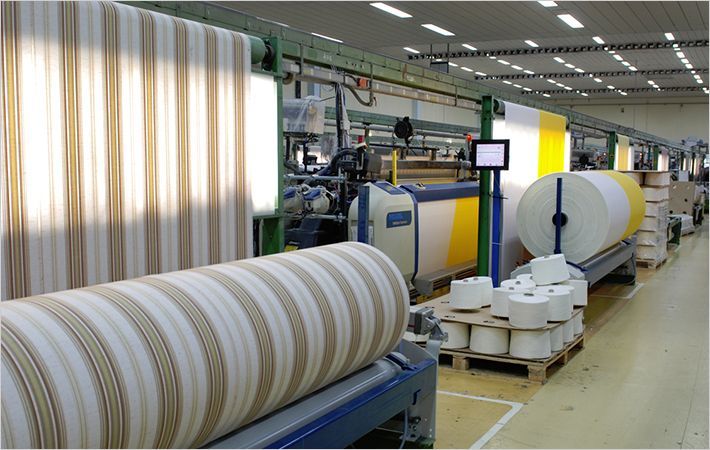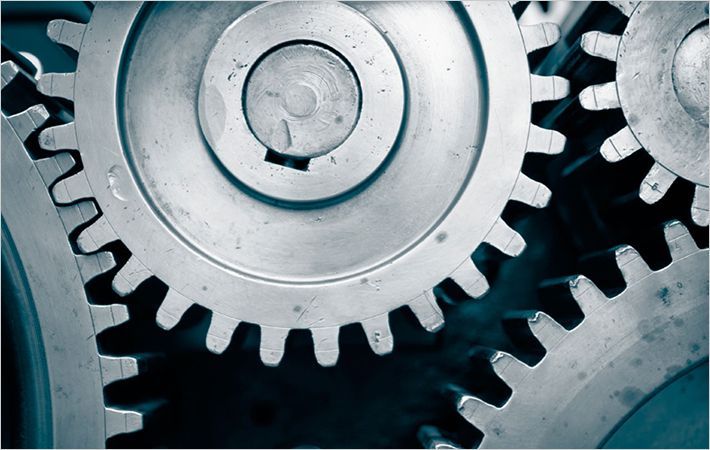In 2016, the global wearable technology market will be worth $28.7 billion, and brands in this market will ship 275 million units, up 18.4 per cent over 2015 levels, according to market-measurement firm Gartner. These figures include a substantial contribution from borderline subcategories such as Bluetooth headphones. Gartner forecasts that total wearable units shipped will grow at a CAGR of 17.9 per cent between 2015 and 2017, with the wrist-worn wearables segment growing the fastest, at a CAGR of 30 per cent.
The forecasts are part of The Wearables Report 2016 by Fung Global Retail & Technology.In 2016, the global wearable technology market will be worth $28.7 billion, and brands in this market will ship 275 million units, up 18.4 per cent over 2015 levels, according to market-measurement firm Gartner. These figures include a substantial contribution from borderline subcategories such as Bluetooth headphones. Gartner forecasts that total wearable..#
According to another market-measurement firm IDC, Fitbit, was the top wearables brand with a shipment of 4.8 million units in the first quarter of 2016. It was flowed by Xiaomi, with 3.7 million units and Apple with 1.5 million units.
The wearables market's rapid advance is reflected by developments at top brands.
In May 2016, Project Jacquard, a partnership between Google and Levi's, unveiled a connected jacket designed for urban cyclists. The jacket has functionality similar to that of a smartphone; wearers can control their music and answer calls using technology embedded in the sleeve.
In the same month, news websites reported that Jawbone had slowed manufacturing of its UP range of wristbands and was forced to sell its remaining inventory to a third-party reseller in order to raise funds. However, Jawbone said it remains committed to the consumer wearables category.
“Our view is that the wearables market will continue to grow in the coming years, but that a slowdown is possible before the release of “wearables 2.0,” a second generation of products offering improved autonomy and use cases. Wearables 1.0 are effectively just another screen for smartphones. We expect the second generation of wearables to consist of smart devices that act in conjunction and integrate with the Internet of Things (IoT) autonomously,” Fung Global said.
Venture capital (VC) firms have invested nearly $2.6 billion in wearables companies since 2008, according to our analysis of CrunchBase data. Some $1.5 billion of that was invested in 2014 and 2015 alone.
Wearables are naturally converging with the IoT, and a number of companies have focused on creating software ecosystems for wellness and personal healthcare monitoring. Sportswear companies and IT giants such as Google and Apple are also developing software that connects devices.
Wearables for the head comprise a reasonably mature segment; headphones alone are worth about $10 billion per year, and Bluetooth headphones account for about 55 per cent of that total. Other devices in the category include virtual reality (VR) and augmented-reality (AR) headsets.

